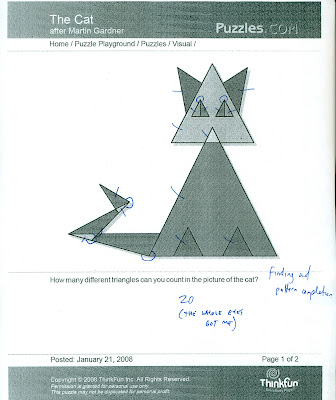STILLS FROM "CATALOG"
JOHN WHITNEY, 1961
VIEW PIECE IN NEW WINDOW
VISUAL TECHNIQUES USED:
ACTIVENESS OVER STASIS
COLOR OVER GRAYSCALE
(BACK AND FORTH BTW):
SYMMETRY / ASYMMETRY
SEQUENTIALITY / RANDOMNESS
UNITY / FRAGMENTATION
"POSTER FOR AN EXHIBITION OF ART BY HENRY MILLER"
TADANORI YOKOO, 1968
VISUAL TECHNIQUES USED:
CONTRAST / HARMONY
COLOR / BLACK AND WHITE
BALANCE / INSTABILITY
ECONOMY / INTRICACY
NEUTRALITY / ACCENT
SIMPLICITY / COMPLEXITY
ACTIVENESS / STASIS
Above are two examples of Visual Communication that inspire me in my own pursuit of a career in design. Below I will compare and contrast the different uses of visual techniques both designers underwent in order to deliver their intended message.
The most obvious contrasting element between the two is the use of activeness vs. stasis. The motion graphic piece by Whitney utilizes the elements of motion to bring his piece to life, while Yokoo's poster design is one stoic, unmoving image. Both techniques lend well to each composition; where Catalog is achieved by moving elements, Henry Miller is defined by balance and harmony brought forth by its compositional structure.
The content of Whitney's piece is structured along the horizontal axis of time. We see colorful shapes rotate, move, and mutate within the frame during the duration of the film. The effect achieved is of time itself; that the shape elements are given life as they move and change within the piece, creating a powerful effect that is heightened by the expressive use of color that Whitney utilized.
During the duration of the film, the changeable nature of several visual techniques are utilized. For example, the technique of simplicity vs. complexity exist on a continuum from very simple to very complex. There are moments in the film where this relationship is expressed as we see a simple circle transform into a complex amorphous shape.
The Yokoo piece is not only static, but is essentially about stasis, as the designer chose to balance the composition in a nearly symmetrical way by placing the figure of Henry Miller dead center against a leveled backdrop of pure blocks of color. The choice of economy over intricacy here does well to further emphasize an idea of stillness, as our eyes are confronted with a very simple POP-art like image, devoid of extraneous detail, that Yokoo chose to create for the historic writer. Like the Whitney piece, an emotional reaction is achieved in Poster, however in this case it is from the opposite visual technique of a profound stasis over activity.
*























